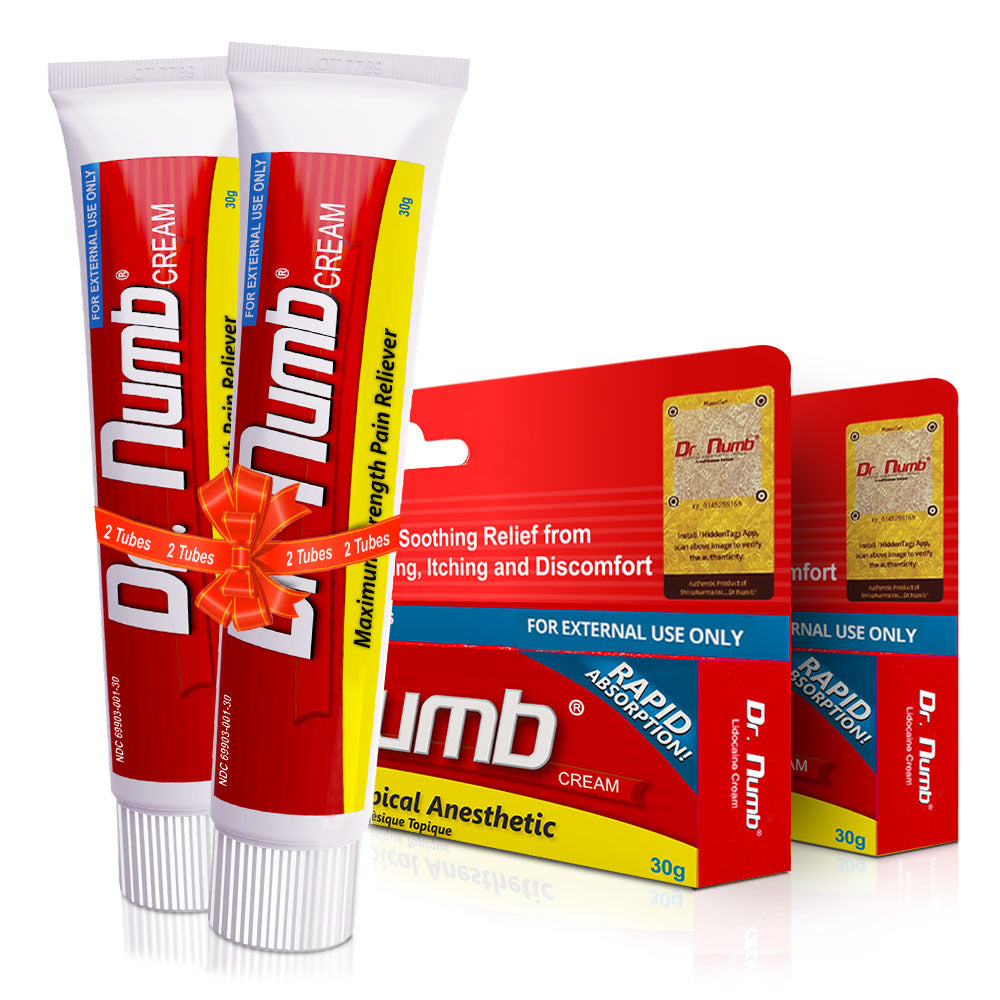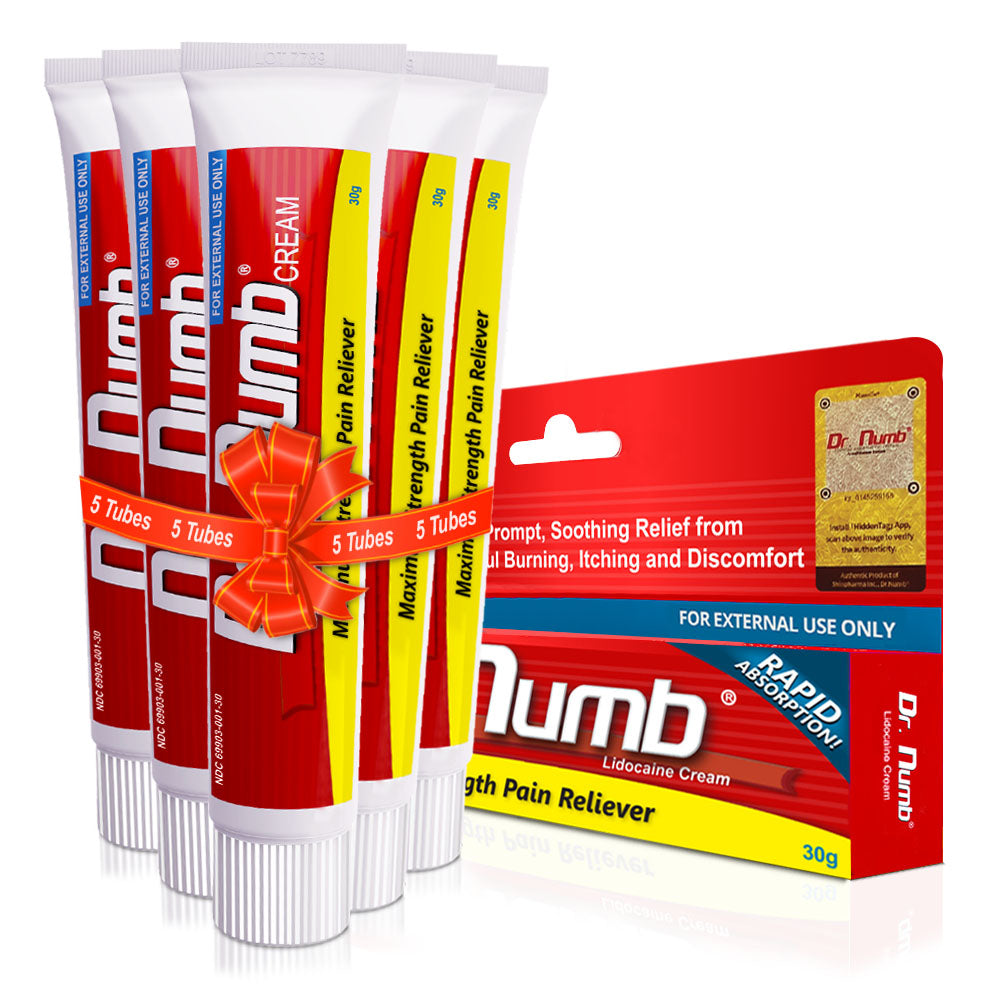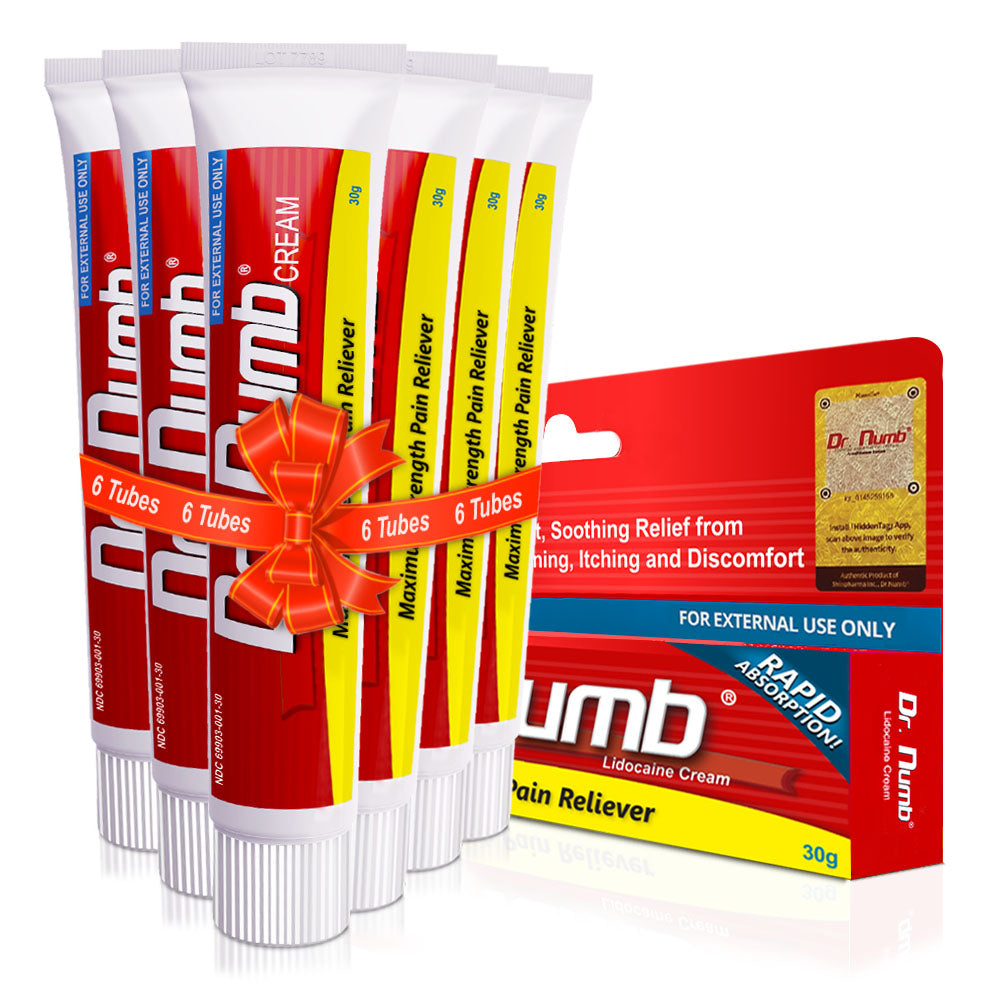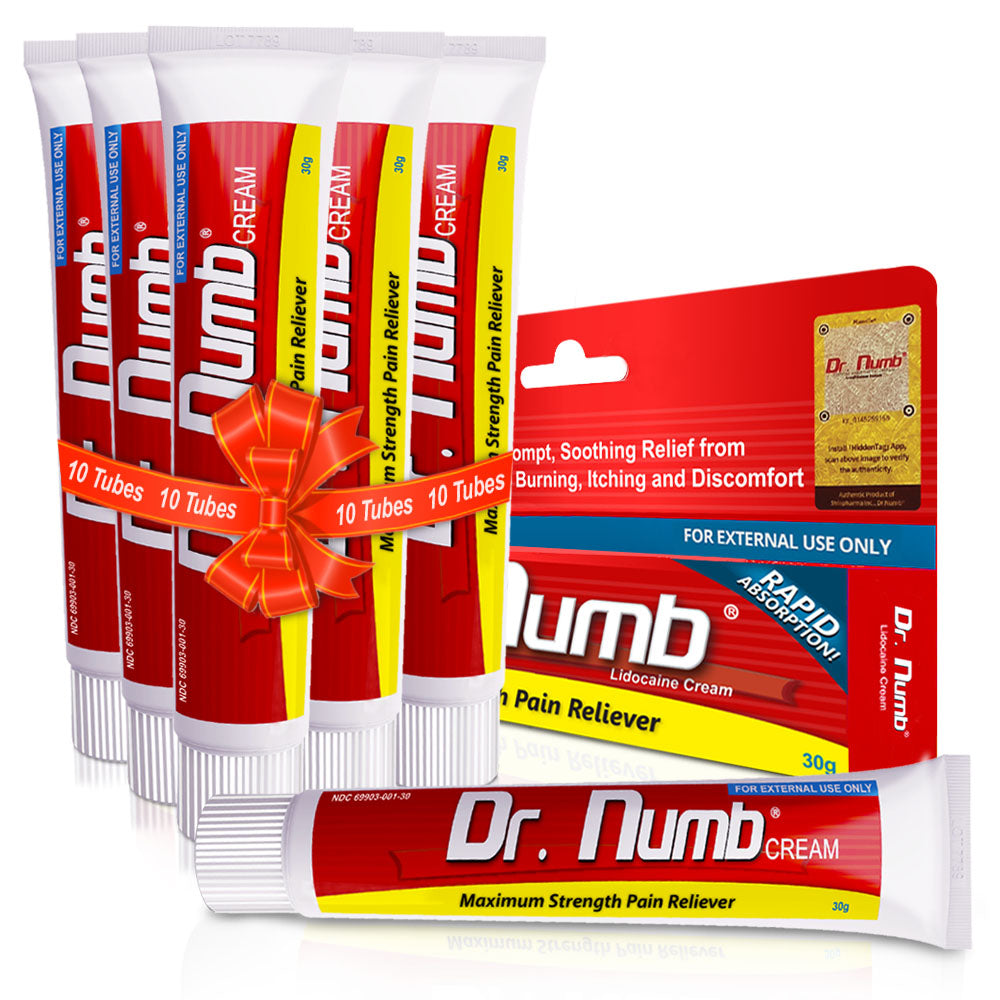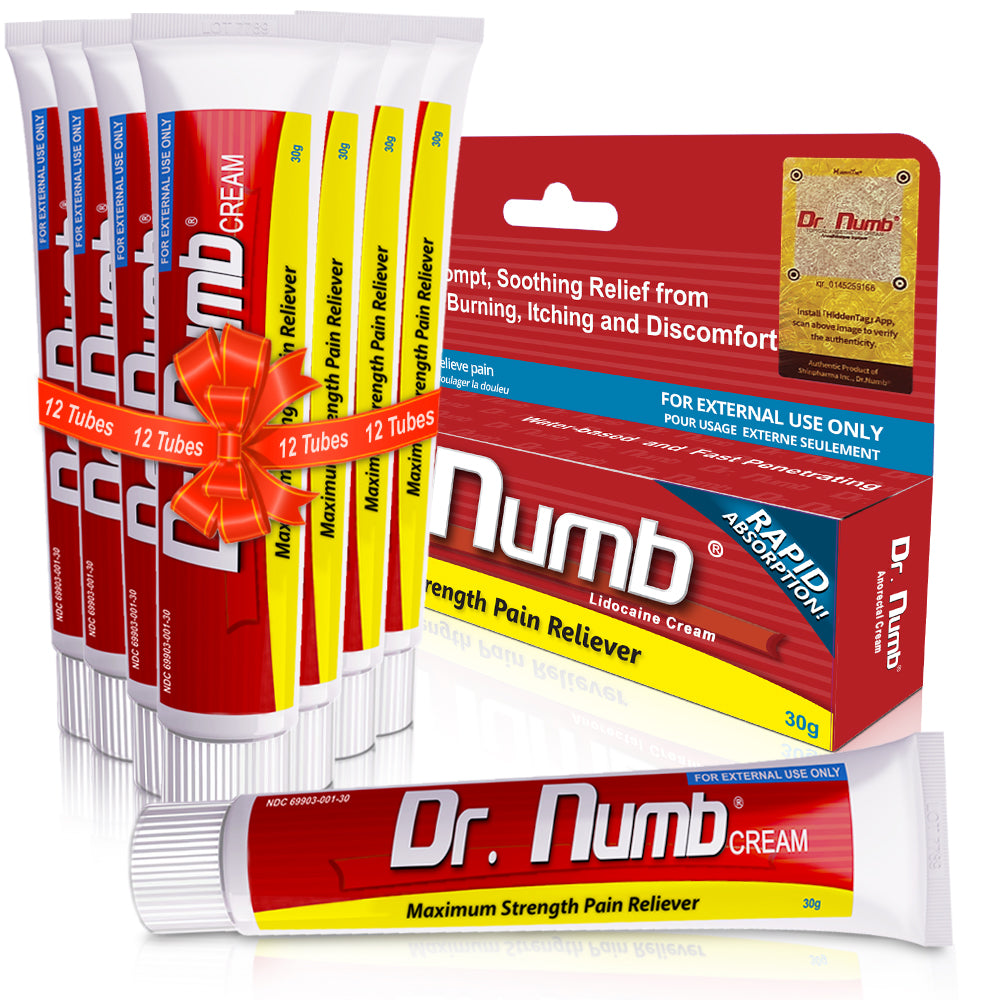Achieving well-groomed eyebrows is now easier than ever with the popularity of microblading and eyebrow threading. Microblading uses a fine blade to create hair-like strokes, while threading uses a twisted cotton thread to remove unwanted hair. These techniques effectively shape and define your eyebrows for a polished look.
If you want to improve your eyebrow situation and achieve your desired look, microblading and eyebrow threading are two popular and effective methods. These procedures can transform your brows from dull to dazzling in no time.
This article will provide all the information you need about microblading and eyebrow threading, including preparation, maintenance, and how to combine them for the ultimate brow transformation.
Microblading Eyebrow Threading: What You Need to Know

We will cover everything you need about microblading eyebrow threading, including preparation, post-treatment care, and important do's and don'ts. Whether you're a first-time recipient or a seasoned pro, this guide covers you.
Preparing for Microblading: What You Need to Do Before
Microblading is a semi-permanent tattoo technique that creates realistic hair-like strokes on eyebrows. It's great for filling gaps, defining, or reshaping brows. The results can last up to 18 months, depending on your skin type, lifestyle, and aftercare. Before deciding to get microbladed, there are important steps to ensure success.
First, you need to find a reputable microblading artist who is certified, experienced, and has a portfolio of their work. You can ask for recommendations from friends or family who have done microblading before or search online for reviews and ratings. You should also check the salon’s hygiene standards and ensure they use sterile and disposable tools.
Second, consult with your chosen artist to discuss your expectations, preferences, and goals. The artist will analyze your face shape, skin tone, natural brow color, and hair growth pattern to customize your eyebrow design. They will also outline your brows with a pencil or a marker to show you how they will look after microblading. You can give your feedback and ask any questions during this process.
Third, you need to understand the healing process and aftercare instructions for microblading. The procedure takes about 2 hours and involves numbing the area with a topical cream and making tiny cuts on the skin with a hand-held tool that deposits pigment. After the procedure, you may experience some redness, swelling, or tenderness, but these should subside within a few days.
You will also notice that your brows will look darker and thicker at first, but they will fade and shrink as they heal. You must keep your brows clean and dry for at least 10 days after microblading, avoiding water, sweat, makeup, or any products that may interfere with the healing process.
You must also avoid sun exposure, swimming, sauna, or any activities that may cause infection or irritation. You will need a touch-up session 6 to 8 weeks after the initial procedure to perfect the shape and color of your brows.
Post-Microblading: To Pluck or Not to Pluck?

After getting a microblade, The most common question is whether they can pluck their eyebrows. The answer is yes but with caution. Contrary to popular belief, plucking doesn’t affect the microblade pigment or cause it to fade quicker. If you pluck your eyebrows too soon or too much, you may damage your skin or alter its shape.
Usually, it takes 4 to 6 weeks for your brows to completely heal after microblading. It is also a good idea to wait until after your touch-up session before plucking stray hairs outside the microbladed area. As hairs within the microbladed area may contribute to the design or create a natural appearance, you should not pluck them.
- Use a spoolie brush to comb your brows toward their growth.
- Use a pair of sharp tweezers to pluck only the hairs that are clearly outside the outline of your brows.
- Pluck one hair at a time and frequently check your progress in a mirror.
- Hold your skin taut and pluck toward hair growth to minimize pain and irritation.
- Apply a soothing gel or cream after plucking to reduce inflammation and redness.
- Avoid waxing or threading your brows post microblading as they may remove too much hair or damage the skin.

The Do’s and Don’ts of Microblading Your Eyebrows
Microblading is a great way to enhance your eyebrows but requires care and attention to ensure the best results. Here are some of the essential brow microblading do's and don'ts:
Do:
- Research and choose a reputable microblading artist who meets your expectations and needs.
- Follow your artist's pre- and post-care instructions to ensure a smooth healing and prevent complications.
- To keep them hydrated and healthy, moisturize your brows daily with a gentle cream or oil after they are healed.
- Protect your brows from sun damage by applying sunscreen or wearing a hat outdoors.
- Schedule regular touch-ups every 12 to 18 months to maintain the color and shape of your brows.
Don’t:
- Don’t get microbladed if you have any medical conditions or allergies that may affect the procedure or the healing process. Consult your doctor before booking an appointment.
- Don’t drink alcohol, smoke, or take blood-thinning medications before or after the procedure, as they may cause bleeding, bruising, or delayed healing.
- Don’t pick, scratch, or peel off any scabs or flakes that form on your brows, as they may cause scarring, infection, or pigment loss.
- Don’t use harsh chemicals, exfoliants, or retinoids because they can fade or alter the color of the pigment.
- Don’t expect your brows to look perfect right away. Be patient and trust the process.
Microblading and Eyebrow Threading: Can They Coexist?

Threading and microblading are 2 different techniques that have opposite goals. Microblading adds hair-like strokes to create fuller and thicker eyebrows, while eyebrow threading removes unwanted hair to create thinner and cleaner eyebrows.
There is no reason why they cannot coexist. Many people combine microblading and threading to give themselves a more polished and refined appearance.
The benefits of threading after microblading are:
- It removes any excess hair that grows outside the microbladed area, creating a sharper and more defined shape.
- It enhances the contrast between the microblade strokes and the natural skin, making them more visible and realistic.
- It cleans up any ingrown hairs or bumps that may form on the skin due to microblading, improving the texture and appearance of the brows.
Before you decide to thread your eyebrows after microblading, there are some things you need to consider:
- You should wait until your brows are fully healed before threading them, which usually takes 4 to 6 weeks. Threading too soon may cause irritation, infection, or damage to the microbladed area.
- You should only thread hairs outside of the microbladed area. Threading microbladed hairs may ruin the design or make it look unnatural.
- You should find an experienced eyebrow threading specialist who is familiar with microblading and can thread your brows without affecting the pigment or the shape.
The Art of Eyebrow Threading After Microblading
Eyebrow threading is an ancient hair removal technique that originated in Southeast Asia and has become popular worldwide. It involves using a twisted cotton thread to pull out hairs from the root precisely and gently. Eyebrow threading can enhance the look of your microblade brows by:
- Removing stray hairs that may grow back over time keeps your brows neat.
- Shaping your brows according to your face shape, bone structure, and personal preference creates a flattering and balanced look.
- Lifting your brows by removing hairs that may droop or sag, opening up your eyes, and giving you a more youthful appearance.
To get the best results from eyebrow threading after microblading, you should follow these steps:
- Find a reputable salon that offers eyebrow threading services. Consult friends and family who have done it previously or look up reviews online.
- Book an appointment with a skilled eyebrow threading specialist who can thread your brows according to your microblade design. You can also bring a picture of your brows before and after microblading to show them as a reference.
- Communicate with your specialist about your expectations, preferences, and goals. Tell them how much hair you want to remove, what shape you want to achieve, and how often you want to thread your brows.
- Relax and enjoy the process. Eyebrow threading is relatively quick and painless compared to other hair removal methods. It may feel like a slight pinch or tickle as the thread glides over your skin.
- Apply a soothing cream or gel after threading to reduce inflammation or redness. You can also use ice packs or cold compresses if needed.
- Your brows may be sensitive or irritated after threading, so please avoid touching, rubbing, or scratching them. Also, please avoid makeup, water, sweat, or anything that could cause infection.
Microblading and Eyebrow Threading Perms: The New Trend

A microblading or eyebrow threading perm may be a more permanent and dramatic option for your eyebrows. With a chemical process that curls and sets your brows in place, this new trend combines microblading with eyebrow threading. As a result, you get a unique and customized eyebrow style that lasts up to six months.
Similarly to eyelash perms, eyebrow threading perms shape your eyebrows. After applying a special solution to your brows that breaks down the bonds of your hair, curling and shaping your brows with a rod or roller, and finally applying a neutralizer to fix the new shape, it takes about an hour. It costs between $100 and $200. Eyebrow threading perm can complement microblading by:
- Adding volume and texture to your microblade brows makes them look fuller and more natural.
- Creating a more defined and dramatic arch or curve to your microblade brows enhances your facial features and expressions.
- Changing the direction or angle of your microblade strokes creates a more dynamic and versatile look.

Before you decide to try microblading and eyebrow threading perms, there are some pros and cons you need to weigh:
Pros:
- It saves you time and money from threading or plucking your brows regularly.
- It gives you more control and flexibility over your brow shape and style.
- It lasts longer than microblading alone, extending the lifespan of your brow investment.
Cons:
- It may damage or weaken your natural brow hairs, causing them to fall out or break.
- It may cause allergic reactions or infections if the solution or the tools are not sanitized properly.
- It may not suit everyone’s taste or preference, creating a more artificial or unnatural look.
Conclusion
Eyebrows are more than just hair on your face. They are art forms that express your personality, mood, and style. Whether you want to enhance, reshape, or transform your brows, microblading and eyebrow threading can help you achieve your dream eyebrows.
By understanding the art of these procedures, preparing for them properly, caring for them diligently, and combining them creatively, you can enjoy stunning brows that will boost your confidence and beauty. Your journey to achieving your dream eyebrows starts now!




